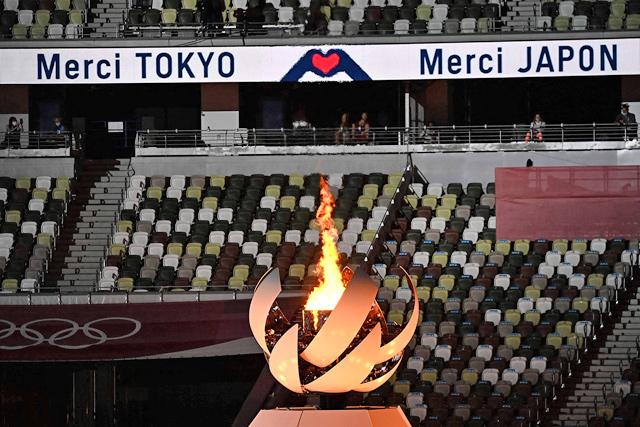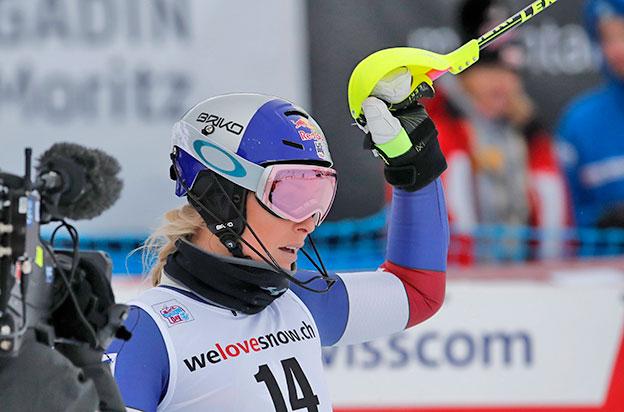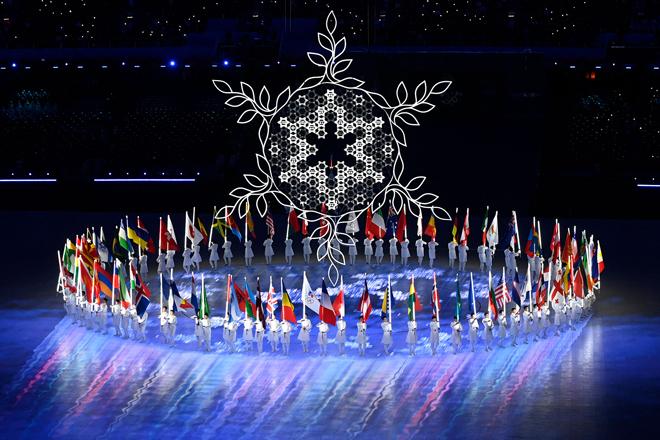You are here
Hosts’ real Olympic challenge: after the Games
By AP - Feb 24,2014 - Last updated at Feb 24,2014
LONDON — For athletes and spectators at Sochi, it is time to pack up.
But for the host cities, the real challenge begins with the end of the Olympics.
How do they continue to use the expensive stadiums after the party is over? What happens to the athletes’ villages? What is the legacy of the Games?
Here is a look at what some past Summer and Winter Games sites around the world look like post-Olympics.
London 2012
London continues to bask in the success of the most recent Summer Games, but the Olympic legacy is difficult to determine.
The flagship venue, renamed the Queen Elizabeth Olympic Park, is being converted into a massive park as big as London’s famous Hyde Park, complete with wildlife habitats, woods and sports facilities. The first part of the ambitious project will begin to open to the public in April.
The 80,000-seat Olympic Stadium at the centre of the park has been troubled by controversy since even before the Games, and its post-Games use was the subject of months of legal wrangling.
The stadium is now being converted into a football venue and the home of the West Ham club, with an expected price tag of $323 million.
Many argue taxpayers should not have to fund a Premier League club, though officials insist that the stadium will continue to host other major sporting events, including the Rugby World Cup in 2015.
The athletes’ village is still being transformed into the rustic-sounding neighbourhoods of East Wick and Sweetwater, but there are already signs that the process will yield less housing than originally pledged.
Other promises, like the Olympic Museum due to open this year, have simply been quietly dropped.
Vancouver 2010
All Games venues in Vancouver remain in use, with local authorities funding a $110 million trust to make sure that they do not fall into disrepair.
The most successful venue appears to be the Richmond Olympic speed skating Oval, a widely used community sports and events facility that attracts more than 550,000 visitors a year.
Dozens of sports groups run regular programmes at the Oval, which now houses two international-size rinks for hockey or speed skating, basketball and squash courts, an indoor track and a rowing tank.
The venue, which has hosted numerous provincial, national and international championships in a variety of summer and winter sports, is cited as a positive legacy of the Games.
But the athletes’ village has not fared so well. The City of Vancouver had to take over financing for the 1,100-unit village after the developer stopped payment on its construction loan due to cost overruns and the 2008 financial crisis.
The city has sold most, if not all, of the units, but it expects to lose nearly $300 million.
Beijing 2008
Beijing, which spent more than $2 billion to build 31 venues for the 2008 Summer Games, is reaping some income and tourism benefits from two flagship venues, though many sites need government subsidies to meet hefty operation and maintenance costs.
The National Stadium, nicknamed the Bird’s Nest because of its lattice design, has become a key Beijing landmark and a favoured backdrop for visitors’ snapshots.
But few tourists are willing to pay more than $8 to tour the facility as enthusiasm for the 2008 Games fades, and the venue has struggled to fill its space with events.
The Water Cube has been transformed into a water park popular among local families. Its operators even peddle purified glacier water under the Water Cube brand for additional income.
But other venues have withered in neglect.
A rowing park in the city’s suburbs that cost $55 million has fallen into disuse, and visitors to this paid facility are few and far between.
The cycling racetracks in another outlying district are covered in weeds, and the sand volleyball courts have been largely closed off to the public.
Related Articles
TOKYO — The Tokyo 2020 Games were declared closed by International Olympic Committee (IOC) chief Thomas Bach on Sunday, ending the “most cha
Olympic gold medallist Lindsey Vonn is warning young athletes in next year’s Pyeongchang winter Olympic Games not to underestimate the older
BEIJING — A Beijing Winter Olympics which saw sporting drama and milestones but was tarnished by a Russian doping scandal ended on Sunday wi



















